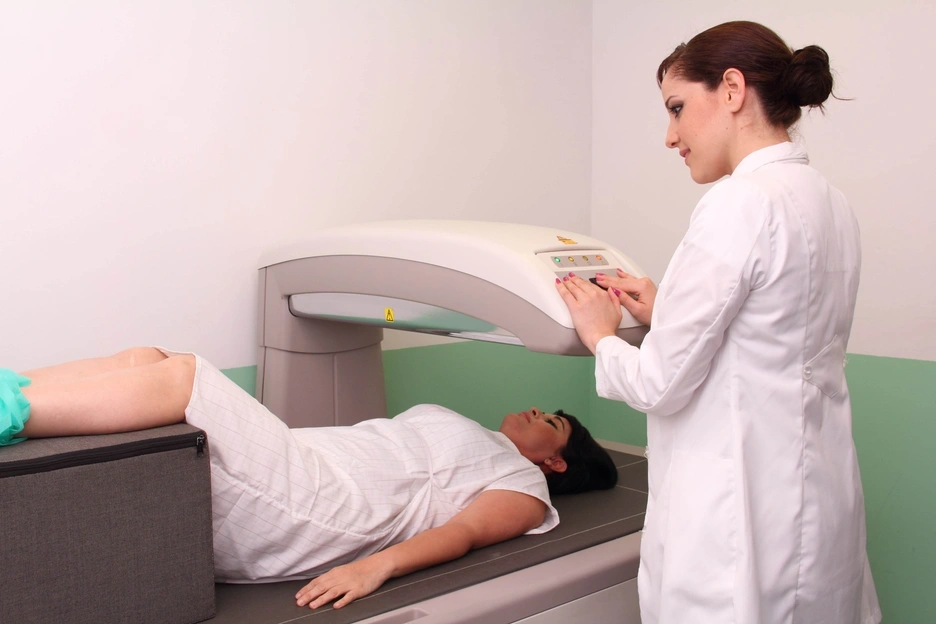Can innovations in healthcare technology leapfrog to better solutions?

In addition, over 80% of the healthcare specialists in LAC countries are located in the capital cities.[1] Rural and low income populations have to travel onerously long distances with high financial burdens of lost work to get care for themselves and loved ones, which adds risk and complications to treatments, and makes preventative care impractical. Leveraging digital x-rays, remote consultations via video technology and new portable health technologies can have an important impact in remote and low-income areas.
Below are some innovative models of technology in healthcare we have seen.
 In Bogota, Colombia, a level III/IV hospital realized that low-income patients living in neighborhoods surrounding the city are facing up to 3-4 hour commute in traffic to reach the hospital. The investment established ambulatory centers outside the city where top specialists in Bogota work with primary care doctors at the centers using digital technology to read scans and tests along with teleconferencing to support the doctors to diagnose and treat patients.
In Bogota, Colombia, a level III/IV hospital realized that low-income patients living in neighborhoods surrounding the city are facing up to 3-4 hour commute in traffic to reach the hospital. The investment established ambulatory centers outside the city where top specialists in Bogota work with primary care doctors at the centers using digital technology to read scans and tests along with teleconferencing to support the doctors to diagnose and treat patients.- In Brazil, mobile medical centers easily access remote and peri-urban communities and bring high-quality healthcare services to low-income families. The mobile medical centers vary in size and form and offer up to 10 healthcare specialties.
- In Mexico, a chain of high-quality, low-cost diagnostic clinics uses digital x-rays that are taken at the clinics and in many cases sent electronically to centers of radiologists to be read. This allows clinics to open in remote areas that have high demand for services, but insufficient radiologists. It also eliminates chemicals and other X-ray ingredients that are hard to manage and dispose.
What have you seen in technology in healthcare? Do you think these solutions can help bridge the healthcare gap?
[1] Gustavo Menendez-Bernales, Managing Director, Internet Business Solutions, Cisco Systems at Americas Society/Council of the Americas: Enhancing Access to Health Care in Latin America through Technology and Innovation
LIKE WHAT YOU JUST READ?
Subscribe to our mailing list to stay informed on the latest IDB Invest news, blog posts, upcoming events, and to learn more about specific areas of interest.
Subscribe

